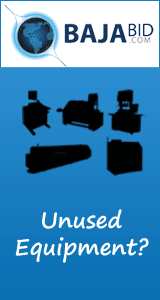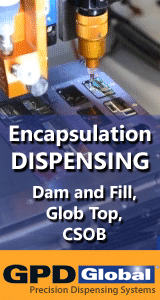This thread is a pleading for all those PCB Design experts. A good design person with experience will design for manufacturing as well as to please the customer. Actually that goes hand-in-hand. If a board is designed well from a manufacturing standpoint it will likely be built with less difficulty, less rework (if any) and therefore is also more likely to be reliable. It should also be more cost effective since it is easier to process.
When our company sees a good design we want to know who is responsible because good designers who can design and understand the needs of the manufacturer are not always easy to find.
PCB assembly equipment has been using on board cameras for decades now. Since the cameras are dependent on accurate targets for good placement it is important not to neglect to make good targets for them to utilize when designing a board. Otherwise you are embedding trouble into the board. When we get into smaller devices, finer pitch, and panelized boards the placement difficulty gets even greater without reliable and accurate targets.
Basic FID recommendation: at least 2 fiducials (3 is even better), round unmasked pads 40 mil (1 mm) in opposite corners and at least 125 mil (3.2 mm)from any board edge.
Unmasked pads allow for better visual contrast and round pads are symetrical. Opposite corners give you theta compensation which is imporatant with 4 axis machines.
There also seems to be a misconception about panelized boards. It is not adequate to only add fiducials to the panel borders. Each board in the array should have it's own fiducial targets as well.
Maybe there are some placement machines that don't require fiducials but a good design entertains friendly manufacturing assembly equipment in a broad general sense and not just for 1 or 2 particular lines of equipment.
To think that fiducials are insignificant is a bit naive in my opinion.
reply »
![]() This thread is a pleading for all those PCB Design experts. ...
- May 29, 2008
by
bsumfg
This thread is a pleading for all those PCB Design experts. ...
- May 29, 2008
by
bsumfg
![]()
![]()
![]() You get no argument from me, but we had a prototype come thr...
- May 29, 2008
by
Steve Thomas
You get no argument from me, but we had a prototype come thr...
- May 29, 2008
by
Steve Thomas
![]()
![]()
![]() bsumfg, The very best anybody said lately!!
This should go ...
- Jun 05, 2008
by
Mika
bsumfg, The very best anybody said lately!!
This should go ...
- Jun 05, 2008
by
Mika
![]()







